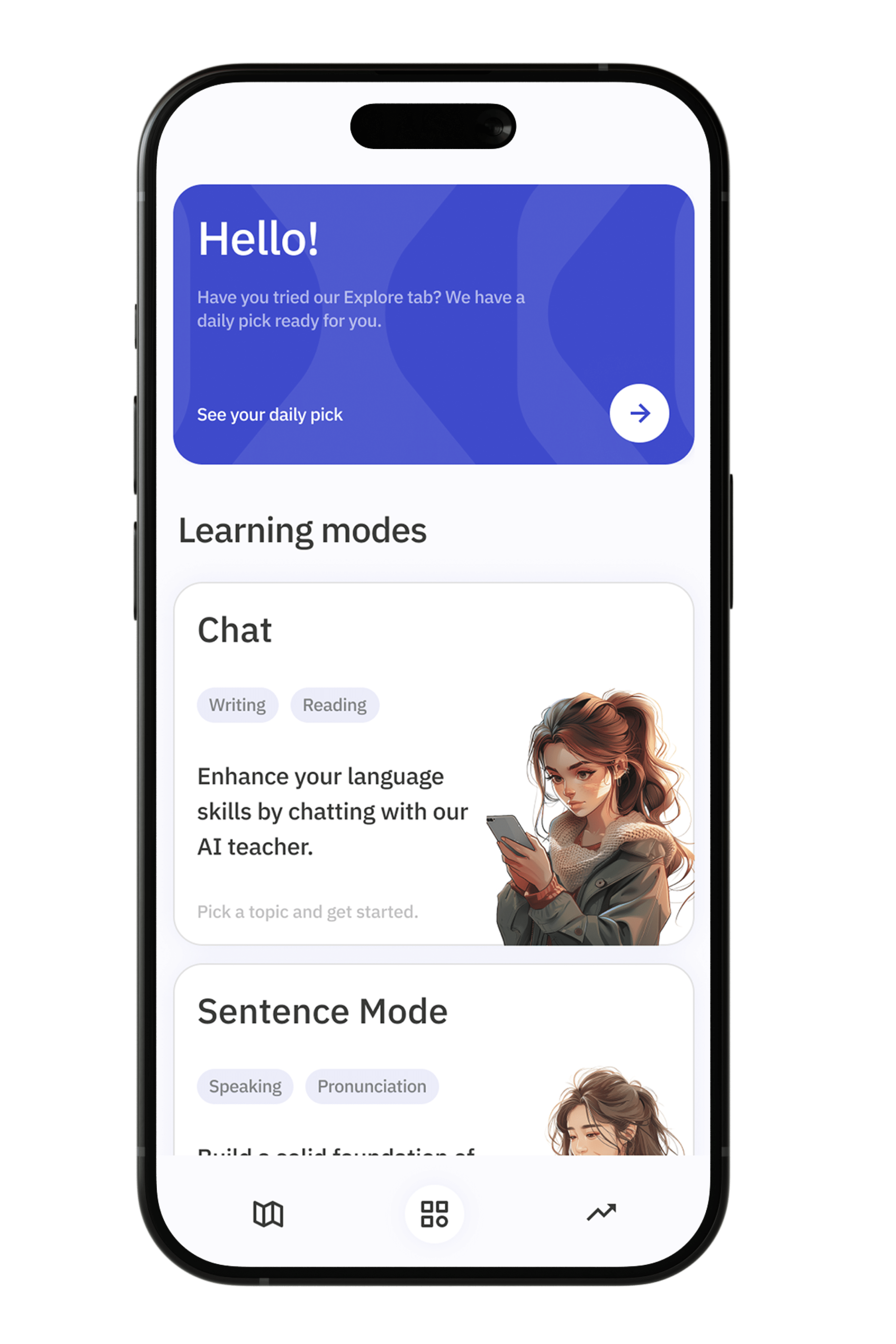Pick a language and start learning!
Double object pronouns Exercises in Spanish language

Mastering double object pronouns in Spanish can significantly enhance your fluency and comprehension. These pronouns allow you to replace both the direct and indirect objects in a sentence, resulting in more natural and efficient communication. In Spanish, double object pronouns follow a specific order and placement rules, which can initially seem challenging. However, with a bit of practice, you can easily incorporate them into your everyday conversations and writing. Understanding how to properly use these pronouns will not only streamline your sentences but also make your Spanish sound more native-like.
In this section, you'll find a series of exercises designed to reinforce your understanding of double object pronouns. These activities will guide you through various sentence structures and contexts, helping you to apply the correct pronouns with ease. Whether you're converting sentences from English to Spanish or rearranging Spanish sentences to include pronouns, these exercises will provide the practice you need to gain confidence. By regularly working through these exercises, you'll develop a solid grasp of how double object pronouns function, leading to improved communication skills in Spanish.
Exercise 1
<p>1. Ella *se los* da a sus amigos (combination of indirect and direct object pronouns).</p>
<p>2. Juan *me la* prestó para el examen (combination of indirect and direct object pronouns).</p>
<p>3. Nosotros *se los* enviamos por correo (combination of indirect and direct object pronouns).</p>
<p>4. Ellos *te la* vendieron barata (combination of indirect and direct object pronouns).</p>
<p>5. María *nos lo* explicó en clase (combination of indirect and direct object pronouns).</p>
<p>6. ¿Quién *te lo* dijo? (combination of indirect and direct object pronouns).</p>
<p>7. El profesor *me las* corrigió ayer (combination of indirect and direct object pronouns).</p>
<p>8. Mis padres *me los* compraron para mi cumpleaños (combination of indirect and direct object pronouns).</p>
<p>9. La abuela *se lo* cocinó a sus nietos (combination of indirect and direct object pronouns).</p>
<p>10. ¿Puedes *dármelo* ahora mismo? (combination of indirect and direct object pronouns).</p>
Exercise 2
<p>1. Yo *se lo* di a Juan ayer (I gave it to him yesterday).</p>
<p>2. Ellos *nos la* enviaron por correo (They sent it to us by mail).</p>
<p>3. María *me los* mostró en su casa (María showed them to me at her house).</p>
<p>4. El profesor *te lo* explicó en clase (The teacher explained it to you in class).</p>
<p>5. Nosotros *se las* compramos para su cumpleaños (We bought them for her birthday).</p>
<p>6. Tú *me la* trajiste de la tienda (You brought it to me from the store).</p>
<p>7. Mis amigos *nos los* dijeron en la fiesta (My friends told them to us at the party).</p>
<p>8. Ellas *se los* vendieron muy baratos (They sold them to him very cheaply).</p>
<p>9. Yo *te la* presté para el examen (I lent it to you for the exam).</p>
<p>10. Vosotros *me lo* devolvisteis ayer (You all returned it to me yesterday).</p>
Exercise 3
<p>1. Ella *me lo* dio ayer (combination of "me" and "lo").</p>
<p>2. ¿Puedes *dármelas* por favor? (combination of "dár" and "las").</p>
<p>3. Ellos *nos la* enviaron por correo (combination of "nos" and "la").</p>
<p>4. ¿Cuándo vas a *dármelo*? (combination of "dár" and "lo").</p>
<p>5. Ella no *se los* explicó bien (combination of "se" and "los").</p>
<p>6. ¿Vas a *mostrársela*? (combination of "mostrár" and "la").</p>
<p>7. Nos *lo* están diciendo ahora (combination of "nos" and "lo").</p>
<p>8. Yo *se las* escribí todas (combination of "se" and "las").</p>
<p>9. ¿Quién *te lo* dio? (combination of "te" and "lo").</p>
<p>10. Ella *se la* va a prestar (combination of "se" and "la").</p>







